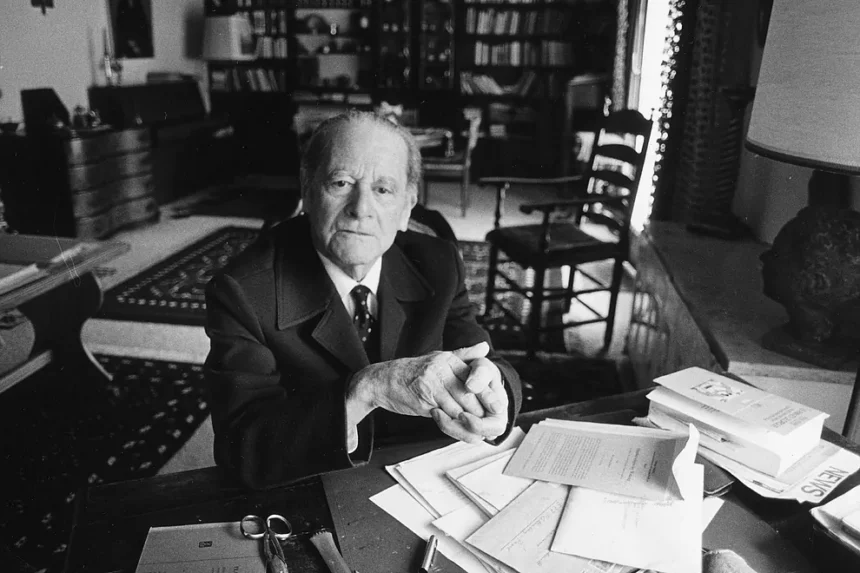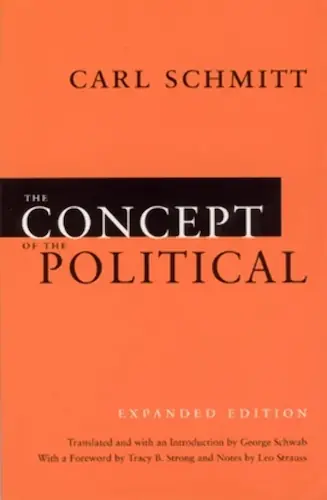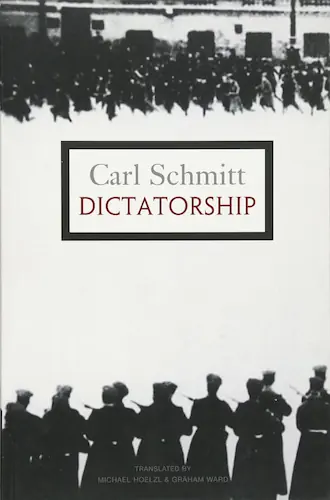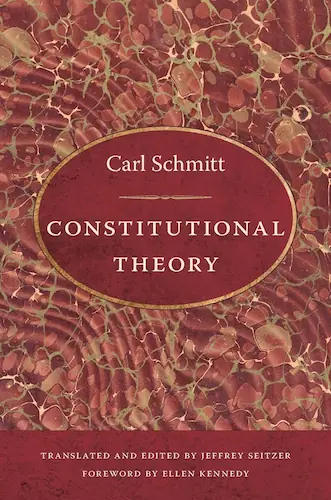In political theory, few concepts have been as controversial—and as enduring—as Carl Schmitt’s notion of “the political.” Defined by the distinction between friend and enemy, it rejected normative visions of politics in favor of an existential one: politics begins wherever antagonism becomes inescapable. Long dismissed as incompatible with pluralist democracy, the idea of a constitutive enemy is once again operating at the heart of political discourse—not as doctrine, but as implicit grammar.
The contemporary political moment is saturated with invocations of existential threat: migrants as invaders, globalists as traitors, feminists as enemies of civilization, elites as enemies of the people. The idiom varies, but the underlying structure is recognizable. Maybe the friend/enemy distinction never truly vanished; instead, it adapted to new political grammars. In recent years, these grammars have become more explicit, more affectively charged, and more institutionally consequential.
Carl Schmitt remains provocative because he names what liberal theory often neglects: the irreducibility of antagonism.
Why has Carl Schmitt’s friend/enemy distinction returned to democratic discourse today? Because the logic of enmity has not disappeared—it has migrated. No longer confined to radical or authoritarian fringes, it now shapes mainstream legal rhetoric, media discourse, and algorithmically curated publics. Schmitt’s categories operate without citation, embedded in new infrastructures of identity, recognition, and exclusion. This essay examines, with critical distance, how a political grammar once thought incompatible with liberal democracy has been reactivated under new conditions
Carl Schmitt and the Essence of the Political
Carl Schmitt’s most famous thesis—that “the specific political distinction to which political actions and motives can be reduced is that between friend and enemy”—is often misunderstood. Sartori explains that Schmitt was not proposing that political life must always be antagonistic, but that it becomes political when antagonism becomes. Politics, in this view, is defined not by institutions or norms, but by the possibility of conflict that cannot be dissolved through negotiation.
The categories of friend and enemy have not disappeared; they have been rearticulated.
This framework seeks to identify the very condition of political existence. It has ontological ambition: to name the moments when political life is activated by fundamental opposition.
For Carl Schmitt, the friend/enemy distinction refers to a tangible relation: groups define themselves through exclusion. The enemy need not be morally wicked, but must represent a negation of the group’s way of life. Liberalism’s emphasis on neutrality and consensus fails to grasp this logic, assuming that proceduralism can dissolve all conflict.
Explore Books Written by Our Contributors
Criticism of this view is long-standing—and well-founded. But the real danger today lies elsewhere: in the ways democratic societies operationalize Schmittian categories without naming them. Through digital infrastructures, polarized media ecosystems, and resurgent ethno-political identities, the logic of friend and enemy has reentered the political field without theoretical acknowledgment.
From Sovereignty to Platform Power
For Carl Schmitt, “sovereign is he who decides on the exception.” The sovereign defines the limits of law by deciding when it does not apply. In liberal democracies, this was traditionally the role of the state in times of emergency.
But the logic of exception has shifted. Today, the power to define what is outside the norm often belongs to platforms: they determine who can speak, what qualifies as hate, which voices deserve amplification. These decisions, while rarely presented as sovereign, structure the public sphere with consequences analogous to political prerogative.
Recent scholarship highlights that sovereignty today may operate outside formal political structures. For example, some scholars argue that platform governance increasingly resembles political decision-making, as content moderation policies shape who can participate in public discourse and under what terms.
In this shift, power becomes opaque and diffused, producing a fragmented terrain of authority where exclusion and recognition depend on private infrastructure rather than public deliberation.
What emerges is not a direct repetition of Carl Schmitt’s conception of sovereignty, but a displacement of its logic. The line between legitimate dissent and existential threat is now drawn not by states but by networks, moderators, and reputational algorithms. In such a context, the reappearance of Schmittian dynamics invites renewed attention—not to endorse his vision, but to grasp how antagonism operates beneath claims of neutrality.
The Enemy as Identity Marker
Perhaps the most enduring insight from Carl Schmitt’s thought is that identity requires opposition. One does not know who one is without knowing whom one opposes.
This logic has become especially salient in the age of algorithmic visibility. Identity is constructed not only through belonging, but through antagonism. Online, to be visible is often to be against.
Ben van de Wall argues that today’s political enemy is not simply the foreigner or the outsider, but the citizen who challenges the moral consensus of one’s group. This marks a shift from external threat to internal division. Political discourse turns into a series of purifications, expulsions, and reaffirmations of group identity.
In this setting, Carl Schmitt’s political theology is no longer centered on state sovereignty. It diffuses across communities of sense-making. The task of naming the enemy is assumed by publics, not parliaments. And in so doing, they replicate the very antagonisms liberalism hoped to transcend.
Why the Return of the Enemy Matters
Diagnosing the persistence of Schmittian logic today does not imply agreement with it. The categories of friend and enemy have not disappeared; they have been rearticulated. They function through identity politics, moral discourse, and content moderation. They shape elections, cultural conflicts, and institutional trust.
Carl Schmitt remains provocative because he names what liberal theory often neglects: the irreducibility of antagonism.
The challenge is not to revive his categories but to understand how they continue to operate.
Only through such understanding can we counter the normalization of enemy-making and preserve a space for democratic disagreement.
To confront Schmitt in 2025 is not an act of revival. It is a reckoning with the enduring shadow cast by his ideas—and a call to imagine a politics that resists reducing disagreement to enmity.
















